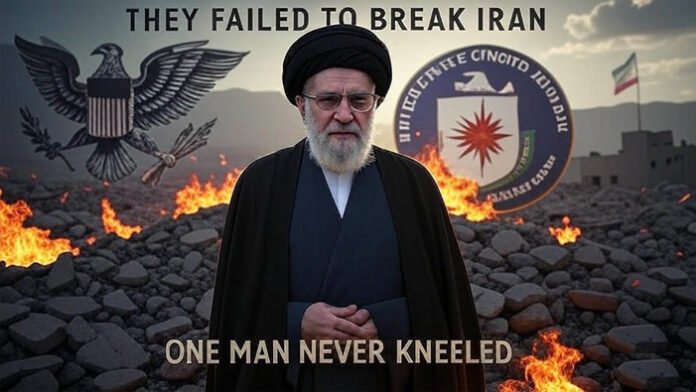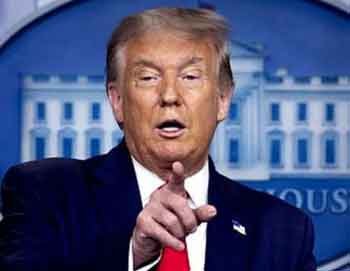
For decades, the United States poured billions into breaking Iran’s backbone—through sanctions, regime change plots, cyber warfare, covert operations, and psychological propaganda campaigns. But that backbone was never just an economy, a system, or a military. It had a name: Ayatollah Ali Khamenei.
And today, despite all efforts, Iran still stands.
Sanctions Crushed the Economy—Not the Resolve
Since the 1979 Islamic Revolution, the U.S. has deployed layer upon layer of economic sanctions targeting Iran’s banking system, oil exports, aviation sector, and military complex. Sanctions were intended to choke the country into submission, weaken public trust, and fracture the state.
But instead of bending the leadership, the pressure only fueled Iran’s resistance economy, with Khamenei consistently calling for self-reliance and innovation within Iranian industry. From barter deals with Asia to underground networks that bypass SWIFT, Tehran found a way to breathe—without begging.
Regime Change Plots Fell Flat
Over the years, U.S. administrations covertly supported exile groups, cyber operations, and proxy uprisings, aiming to topple the Islamic Republic from within. Yet, no amount of CIA-planned unrest could dislodge Khamenei’s influence.
Even during intense waves of protest, Khamenei’s grip never truly weakened. He relied on a strategic blend of ideology, institutional control, and unmatched resilience to keep the system from collapsing—outmaneuvering both foreign agents and domestic opportunists.
The Propaganda Machine Cracked, But Didn’t Crush Belief
Western media invested millions in information warfare, targeting Iran’s youth, clergy, military, and public. From satellite channels to social media bots, the narrative was simple: Islamic governance has failed.
Yet, the Supreme Leader turned these attacks into ideological ammunition. Khamenei preached not just survival, but steadfastness, urging Iranians to embrace hardship as a badge of honor. He became a symbol—not of political power alone—but of revolutionary defiance.
“They tried to bury us. They didn’t know we were seeds.”
Khamenei’s Iron Resolve: One Man, One Vision
What makes this endurance story so striking is that Iran’s survival wasn’t guaranteed. It wasn’t protected by superpower alliances or military pacts. It endured because of one man’s refusal to kneel.
Khamenei’s doctrine was simple:
🛑 Don’t compromise your core values.
🛑 Never negotiate under pressure.
🛑 View survival as a sacred duty.
While presidents came and went, while bombs fell and drones flew, he stood immovable, embodying the very resistance America sought to eliminate.
Why Iran Still Stands Today
Iran doesn’t stand today because it overpowered the U.S. military. It stands because it refused to be broken—economically, ideologically, or politically. The revolution still echoes, not because it’s rich or popular, but because Khamenei wouldn’t let it die.
In a world where many leaders fold under pressure, chase applause, or follow polls, Ayatollah Ali Khamenei remains a political anomaly—unshaken, unbowed, and unbought.
Legacy of Defiance
History may judge his policies. Critics will analyze his governance. But what can’t be denied is this:
America tried to crush Iran’s spine. That spine had a name. And it still stands.














